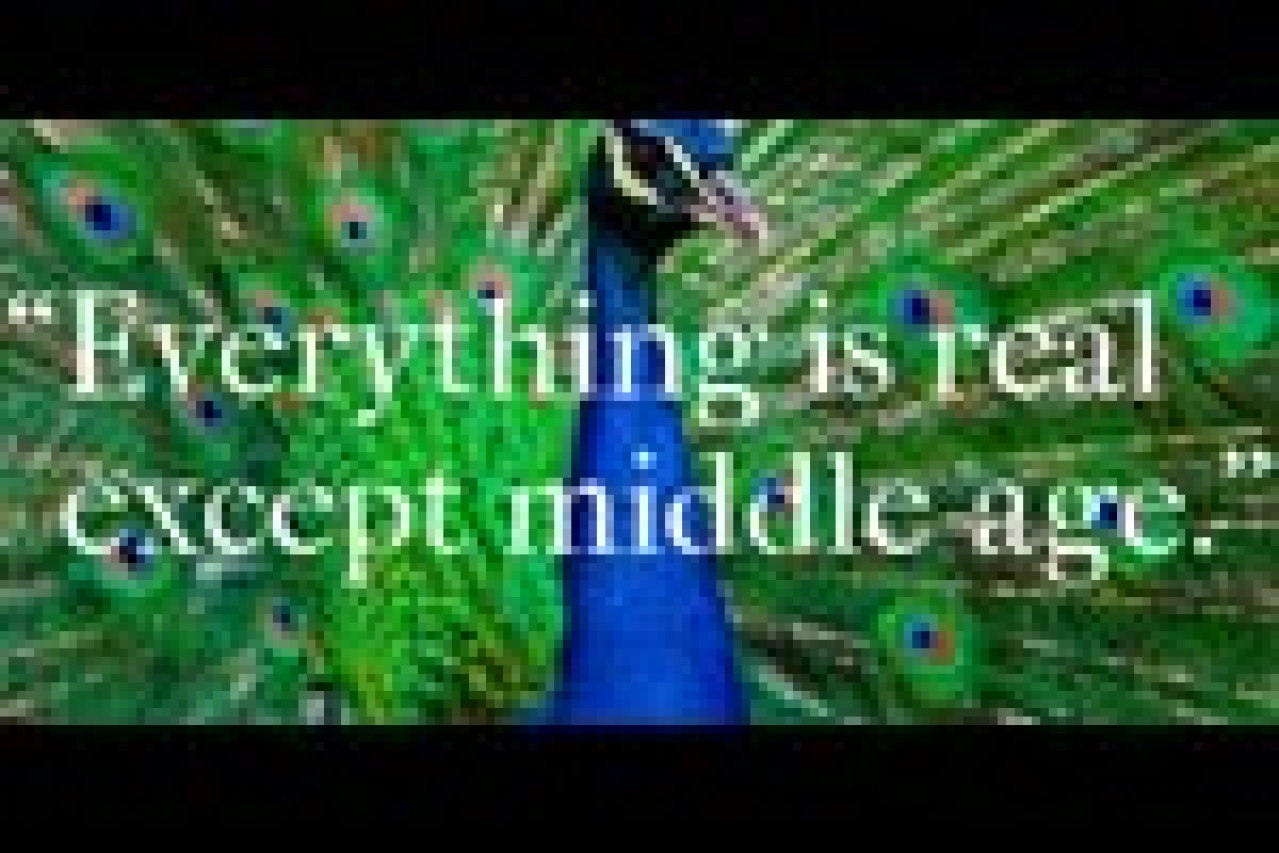This Side of Neverland

(© Al Foote III)
This Side of Neverland, presented by the Pearl Theatre Company, gives two of Peter Pan author J.M. Barrie’s one-act plays a rare but deserved moment in the spotlight. Though the company performs the two one-acts (Rosalind and The Twelve Pound Look) with a tip of the hat to a child’s game of make-believe, parents could only dream of having such clever and thought-provoking performances grace their children’s makeshift basement theaters.
Set designer Gary Levinson has cleverly created an atmosphere of a stage-within-a-stage, featuring a two-sizes-too-small curtain that is vaguely reminiscent of the ornate puppet theater from The Sound of Music. (What child didn’t dream of reenacting “The Lonely Goatherd” on one of those?) This playful set serves as a subtle wink-and-a-nod to the audience, as if a 13-year-old Mickey Rooney were about to pop out from behind the curtain and shout, “c’mon kids, let’s put on a show!” Carol Schultz even offers us “parlor entertainment,” playing “Fascination Waltz” and other romantic tunes on the piano before entering the role of Dame Quickly in Rosalind.
From the first moments of Rosalind, Sean McNall’s Shakespearean training shines through in his incredibly engaging performance as J.M. Barrie himself — our quirky and overzealous narrator — who guides us through the action of both plays. He opens the evening introducing us to Mrs. Page (Rachel Botchan) — a dowdy 40-something-year-old woman who relishes the comfort of her deliciously oversized nightgown (designed by Elise M. Vanderkley) as she bathes in what she calls the “delicious twilight of middle age.” However, we soon learn that this is only a part-time persona. She uses it as a vacation from her other life — a personal Neverland — where she remains a permanently 23-year-old actress named Beatrice who is famed for her portrayal of Rosalind in Shakespeare’s As You Like It (fittingly, a character noted for fleeing into the forest disguised as a man). Beatrice has won the heart of a young man named Charles (also played by McNall), but Mrs. Page must break it when she reveals to him her true identity (though we wonder if “Mrs. Page” is just as fabricated as “Beatrice”).
As a character who self-admittedly has no permanent identity, Botchan and director J.R. Sullivan have found a way to give her life without veering into an obnoxious caricature of a self-absorbed celebrity. However, Barrie’s insightful and bitingly comic writing deserves some credit for that achievement as well. While we may laugh or even pity her when she makes statements like “This is my real self…if I have one,” Botchan never fails to remind us of her character’s strength. No matter how tragic is her identity-free existence, we have to admire her ability to bend reality to her own whims.
Even though Kate is merely a typist and her ex-husband a pending knight who has remarried and fathered the children of a beautiful younger woman, it’s clear that Kate wears the proverbial pants in this expired relationship. Harry devolves into a ranting buffoon as Kate methodically explains her reasons for divorcing him those 14 years ago, all the while poking and prodding at his definition of success and manner of calculating self-worth. Though written nearly a century ago, the questions Kate raises about the compromise between personal fulfillment and financial accomplishment are equally if not more relevant in today’s social and economic climate. The strong female protagonists in each of the two plays further suggest a social consciousness that was far ahead of Barrie’s time.
Like an abnormally entertaining therapy session, This Side of Neverland guides us to a number of complex questions and then throws us back into the real world with absolutely no answers. Suddenly, we’re wandering the streets of New York in the midst of an existential crisis asking questions like “Who is my real self? Do I even have a real self? Who am I? What do I value?” If your personal philosophizing begins to spiral as mine did, you can take solace in the fact that Barrie himself would most likely see no value in finding any of these answers. After all, why search for your true self when in the end “All the world’s a stage, and all the men and women merely players.”











